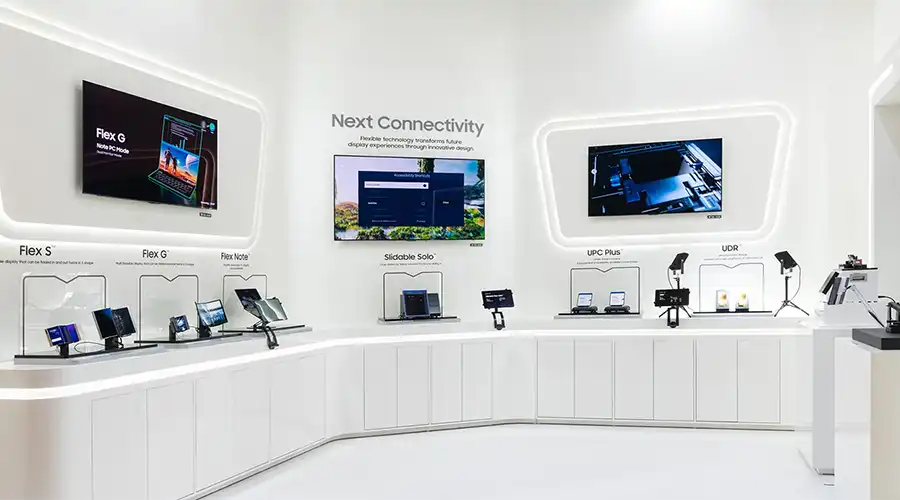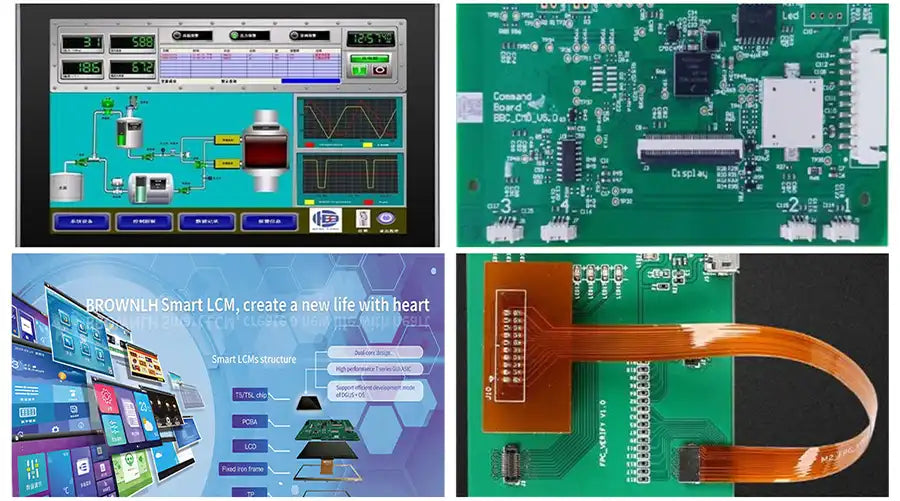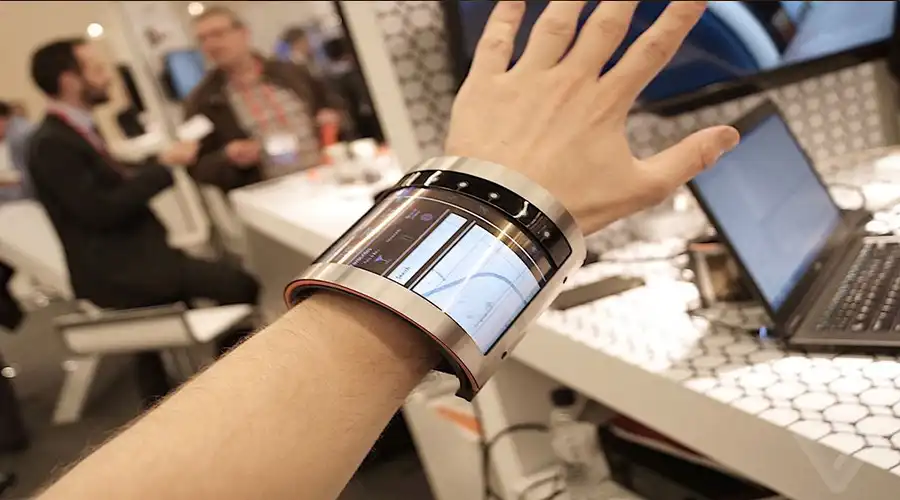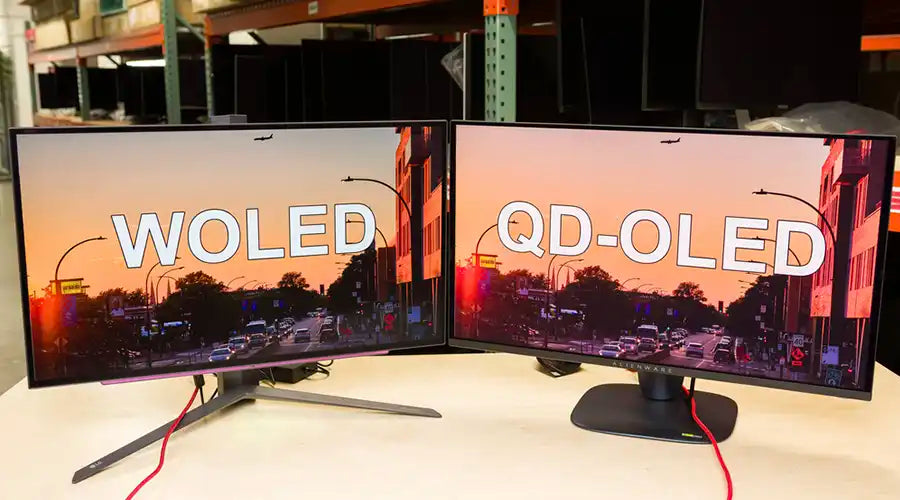Introduction
OLED computer displays represent the next generation of monitor technology, providing unrivaled picture quality, thinner designs, and energy efficiency. As computing tasks evolve in complexity—from gaming and content creation to financial modeling and medical imaging—the demand for precision displays is higher than ever. OLED technology addresses these needs with self-emissive pixels, infinite contrast ratios, near-instant response times, and wide color gamuts. This article explores OLED’s fundamentals, technical details, applications, and future outlook in the computing ecosystem.
How OLED Technology Works
OLED stands for Organic Light Emitting Diode. Unlike LCD panels, which rely on a backlight and liquid crystals, OLED panels are self-emissive. Each pixel contains organic layers that emit light when an electric current is applied. This pixel-level emissive behavior means OLED panels can switch off individual pixels completely, creating true blacks and infinite contrast ratios.
At the heart of every OLED pixel are organic emissive layers sandwiched between electrodes. When voltage is applied, electrons and holes recombine in the emissive layer, producing photons. This process allows direct conversion of electrical energy into light with minimal loss, resulting in superior efficiency and color accuracy.

Materials and Backplane Technology
The performance of an OLED computer display depends heavily on its materials and backplane technology:
- Emissive Materials: Typically small-molecule organics or polymers; blue OLED emitters remain the most challenging due to shorter lifespans.
- Tandem OLED Structures: Multi-stack layers extend operational lifetimes and improve efficiency for professional applications.
- LTPS (Low-Temperature Polycrystalline Silicon) Backplanes: Provide high electron mobility, enabling 4K and higher resolution at monitor sizes.
- Oxide TFT Backplanes: Offer lower leakage current, improving stability for larger computer displays.
- Encapsulation Layers: Thin-film encapsulation protects sensitive organic layers from oxygen and moisture.
These engineering innovations have made modern OLED monitors suitable for heavy-duty computing environments where stability and longevity are critical.

Key Benefits of OLED Computer Displays
- Perfect Blacks: Pixel-level light control ensures absolute darkness, enhancing immersive visuals.
- Infinite Contrast Ratios: Critical for HDR workflows, offering brightness peaks alongside total black levels.
- Wide Color Gamut: Over 100% DCI-P3 and AdobeRGB coverage for professional-grade accuracy.
- Ultra-Fast Response: Less than 0.1 ms gray-to-gray response eliminates ghosting.
- High Refresh Rates: Modern OLED monitors achieve 120Hz–240Hz for gaming and VR readiness.
- Thinner Profiles: No backlight required, enabling ultra-thin laptops and sleek desktop monitors.
- Energy Efficiency: Particularly efficient for dark-mode applications and dynamic content.

OLED vs LCD, Mini-LED, and MicroLED
When evaluating display technologies for computers, OLED competes primarily against LCD, Mini-LED, and emerging MicroLED panels.
| Feature | OLED | LCD / Mini-LED | MicroLED |
|---|---|---|---|
| Contrast Ratio | Infinite | 1000:1 – 5000:1 | Infinite |
| Brightness | 600–1000 nits typical | Up to 2000 nits with Mini-LED | 2000–5000 nits (future potential) |
| Response Time | 0.1 ms | 5–10 ms | ~0.1 ms |
| Maturity | Mass production (premium) | Mainstream, cost-effective | Experimental, costly |
While MicroLED may surpass OLED in longevity and brightness in the future, OLED currently balances maturity, visual quality, and availability for computer displays.

Applications of OLED Computer Displays
OLED computer displays are versatile across multiple industries:
- Creative Work: Essential for color-critical tasks like photo editing, video grading, and 3D design.
- Gaming: High refresh rates, fast response, and HDR make OLED a top choice for gamers.
- Enterprise Workstations: Financial analysts and traders benefit from wide viewing angles and crisp text rendering.
- Medical Imaging: OLED’s contrast enables accurate viewing of X-rays, MRIs, and ultrasound scans.
- Industrial HMIs: Factory control systems leverage OLED’s readability in diverse lighting conditions.
- Education & Remote Learning: Portable OLED laptops enhance learning with visual clarity and comfort.
- AR/VR: Compact OLED microdisplays provide immersion in head-mounted displays.
Technical Specifications
| Parameter | Value |
|---|---|
| Size Range | 13″ – 32″ typical for computers |
| Resolution | Full HD, QHD, 4K, emerging 8K |
| Brightness | 400–1000 nits |
| Color Accuracy | Up to 100% DCI-P3 |
| Refresh Rate | 60Hz – 240Hz |
| Response Time | 0.1 ms |
| Lifespan | 30,000 – 50,000 hours |
Performance Metrics
Evaluating OLED computer displays requires measuring key metrics:
- Contrast Ratio: Infinite, ideal for HDR workflows.
- Response Time: 0.1 ms enables stutter-free motion.
- Input Lag: As low as 1 ms, crucial for gaming.
- Color Volume: Maintains saturation across brightness levels.
- Uniformity: Improved manufacturing reduces mura defects.
- Burn-In Mitigation: Pixel shifting, screen savers, and tandem OLEDs extend lifespan.
Future Trends in OLED Computer Displays
The OLED roadmap continues to evolve. Future trends include:
- QD-OLED: Combines OLED’s emissive benefits with quantum dots for enhanced brightness and color.
- MicroOLED: Ultra-small panels for AR/VR headsets with pixel densities beyond 3000 PPI.
- Flexible & Transparent OLEDs: May enable rollable monitors or transparent workstation setups.
- Energy Optimization: Tandem OLED stacks reduce power consumption in PC use cases.
- Cost Reduction: New deposition techniques aim to lower manufacturing costs for mainstream adoption.
FAQ
Is OLED better than LCD for computer monitors?
Yes, OLED provides superior contrast, faster response times, and richer colors, making it ideal for professional and gaming use.
Do OLED monitors suffer from burn-in?
Burn-in is possible, but advanced compensation techniques like pixel-shifting and Tandem OLED structures significantly reduce risk.
Are OLED monitors good for gaming?
Absolutely. With near-zero response times and refresh rates up to 240Hz, OLED is one of the best gaming display technologies available.
How long do OLED computer displays last?
Modern OLED displays last 30,000–50,000 hours, equivalent to many years of daily computing use.
What resolutions are available in OLED computer displays?
Resolutions range from Full HD (1920×1080) to 4K UHD, with 8K panels in development for specialized applications.
Will OLED replace LCD and Mini-LED?
OLED will dominate premium segments, while LCD and Mini-LED remain strong in cost-sensitive categories.






Leave a comment
Este site está protegido pela Política de privacidade da hCaptcha e da hCaptcha e aplicam-se os Termos de serviço das mesmas.